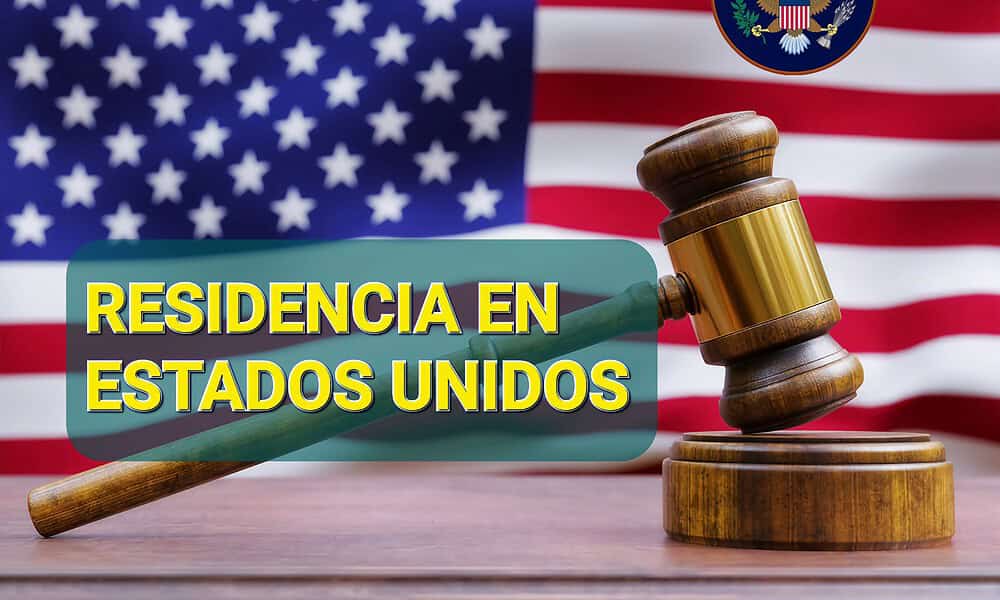A Change in Immigration Policy: The Uncertain Future of Cubans Expecting to Benefit from the Adjustment Act with Form I-220A Details below.
In an unexpected twist, America’s immigration policy has taken a step back, leaving an uncertain future for thousands of Cubans seeking to regularize their status in the country.
A few hours ago, the United States Board of Immigration Appeals (BIA) issued a decision that changed the rules of the game for I-220A holders.
Until now, the I-220A form, also known as a “Parole Release Order,” was used for thousands of Cubans detained by immigration and later released.
Although not a “parole” in the strict sense of the word, it allowed Cuban immigrants to seek permanent residency under the Cuban Adjustment Act. That is, 1 year and 1 day since entry.
A sad twist for Cuban immigrants
However, the scenario has taken an unexpected turn. An immigration judge ruled in favor of Cubans with I-220A allowed by Customs and Border Protection to cross the southern border from Mexico. The Department of Homeland Security (DHS) decided to appeal the decision, and ultimately, the BIA upheld the appeal. In other words, the validity of the I-220A as a basis for seeking permanent residency in the United States is revoked.
Now everything will be difficult. However, affected Cubans have legal options to appeal to the Eleventh Circuit in Atlanta. And, ultimately, before the Supreme Court, for a BIA decision that sets a negative precedent for their aspirations.
Journalist Mario J. Benton, speaking with attorneys at the Gallardo law firm, highlighted that the only viable legal option left for these Cubans is to apply for political asylum cases.
Thousands of Cubans who entered illegally through Mexico and were released thanks to a parole order, i.e. Form I-220A, will now face more difficulties in obtaining their residency or even see it revoked. This can be a significant challenge for those hoping to immigrate to the United States under the Cuban Adjustment Act.
What is Form I-220A?
To better understand this situation, it is important to analyze what Form I-220A is and why it is issued to released Cubans in the United States.
This is precisely what is considered a “parole release order” form and is issued to people who have been detained for immigration reasons and then released.
Although not equivalent to a traditional “parole,” it allowed freed Cubans to obtain permanent residency under certain circumstances.
In contrast, there is another form, I-220B, which is issued to those whose court cases are not accepted. I-220A holders still have a pending process in the country, but now face deep uncertainty.
Maria Elvira Salazar, a Cuban-American congresswoman, worked in support of Cubans seeking solutions to regularize their immigration status along with I-220A.
He met with U.S. Secretary of Homeland Security Alejandro Mayorkas to address the uncertainty facing the 300,000 to 400,000 Cubans who hold the form. However, this new decision by the BIA has drastically changed the landscape.
Difficulties in systematization
The United States High Board of Immigration Appeals’ decision to reject the validity of Form I-220A as a basis for permanent residency significantly changes the outlook for Cubans seeking to regularize their status under the Cuban Adjustment Act.
Despite appeal options, the decision represents a major setback for the aspirations of thousands of Cubans in the United States, who are now forced to consider political asylum as their only viable legal alternative.
All the details in the following video:

“Music ninja. Analyst. Typical coffee lover. Travel evangelist. Proud explorer.”




:quality(85)/cloudfront-us-east-1.images.arcpublishing.com/infobae/SXDWOIO7O5FMZOWUATFEXQYWTY.jpg)


More Stories
The girl, Maria Gomez Perez, was found by authorities in Ohio; A 34-year-old man has been arrested
USA I “Miraculous” rescue of man who spent 12 days without food in Kentucky mountains
Trump reportedly regrets choosing JD Vance